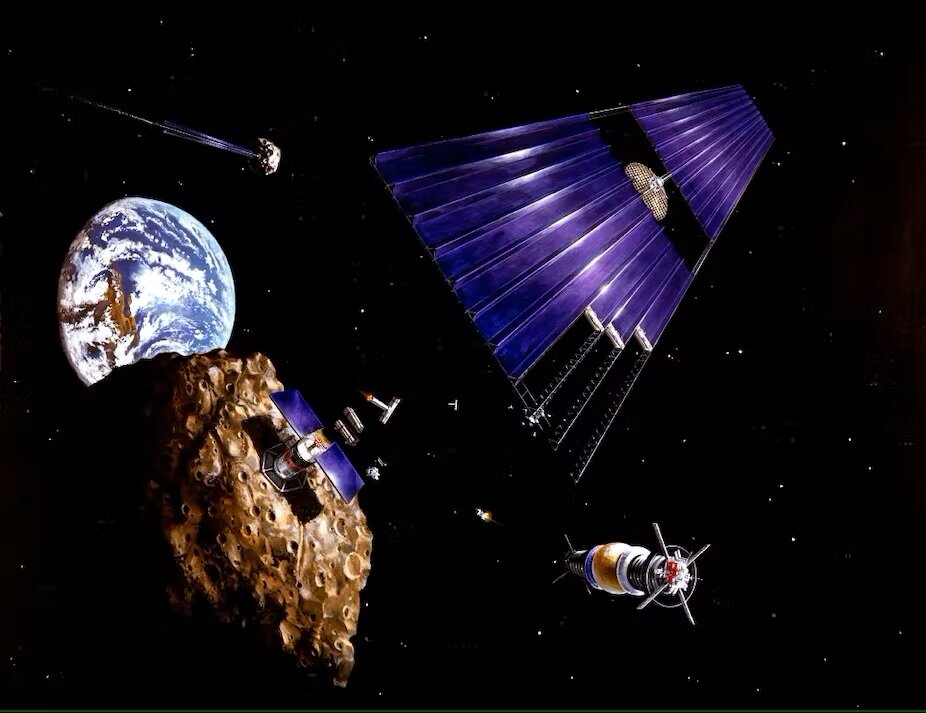French scientists have published a database of known asteroids from which minerals can be extracted. With its help, it is possible to calculate how much effort it takes to get to a particular celestial body.

Database for asteroid miners
A team of scientists from ISAE-SUPAERO, the leading institute of aerospace engineering in France, tried to help those companies that plan to start mining activities on asteroids. They created the Exploitation des Ressources des Corps Celestes (ECOCEL), a database that shows how easy it is to get to celestial bodies and whether they are worth flying to them.
It is expected that it will soon be useful for dozens of companies, although only the first of them conducted even simple experiments in orbit. There is definitely no oil, gas or coal on asteroids, but metals, including those that are rare on Earth, can be very common.
However, spectroscopic data is available only for 326 asteroids. And for so many of them, the database indicates what matter they mainly consist of. At the same time, this is only data about their surface composition. It is much more difficult to find out what is in the depths. But it can still be established by analyzing the density of these celestial bodies.
How to get to the asteroid
In total, more than 25,000 asteroids are listed in the ECOCEL database. For each of them, not only the orbit parameters, but also the mass and size were determined in the previously created databases. The main achievement of the researchers who created it is the delta-v calculation system for each of them.
Delta-v is the main parameter used in the calculation of interplanetary flights. In fact, this is the full magnitude of the change in the speed of the spacecraft, which is necessary to get from one celestial body to another. At the same time, not only acceleration is considered a change, but also braking and turns.
From a practical point of view, it is delta-v that determines the amount of fuel that must be spent in order to be near a certain cosmic body with zero velocity relative to the latter. It strongly depends on the relative position of the bodies and determines the most favorable moments for the start of the flight, known as “launch windows”.
All this, including the best time to launch a mission to a specific asteroid between 2020 and 2050, the ECOCEL database allows to calculate. The developers hope that the database will be useful for both commercial and government organizations.
According to phys.org
Follow us on Twitter to get the most interesting space news in time
https://twitter.com/ust_magazine
